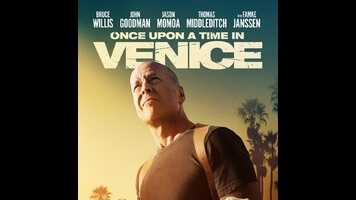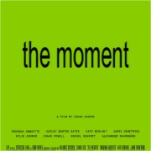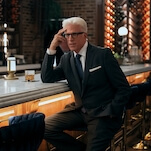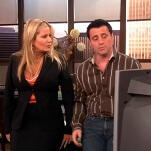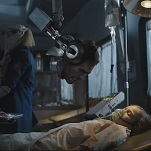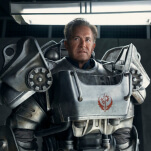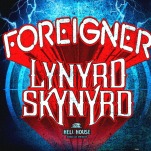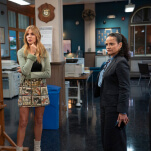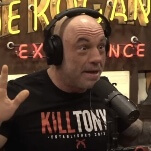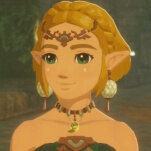While there’s little chance that Bruce Willis will ever again get to work with the kind of material and behind-the-camera talent that helped make him a wiseass action star in the 1980s and ’90s, he tries the fourth or fifth next best thing with Once Upon A Time In Venice, a tiresome imitation of smart-alecky Shane Black whodunits like Kiss Kiss Bang Bang and The Last Boy Scout. Willis plays Steve Ford, a Venice Beach private eye and disgraced loose cannon cop whose beloved Parson Russell terrier gets abducted by drug dealer Spyder (a conceptually Latino Jason Momoa) while he’s supposed to be working a case for local real estate developer Lou The Jew (Adam Goldberg)—a simple enough premise that first-time director Mark Cullen and his co-writer and brother, Robb Cullen, excruciate into 35 minutes. (The dog doesn’t even show up until the 20-minute mark.) That leaves less than two-thirds of the movie for things to happen, but fortunately for our grumbly hero, he has some help in the form of Dave (John Goodman), a surf-shop-owning buddy in the middle of a divorce, and John (Thomas Middleditch), a nervous rookie who is ready to take over completely random portions of the plot or pitch in some voice-over narration whenever Willis feels like taking a nap in his trailer.
As if the fact that Willis actually starred in The Last Boy Scout weren’t sufficiently ignominious, the role of Steve contains enough references to manic behavior and callbacks to the Black-scripted Lethal Weapon to suggest that it was written with Mel Gibson in mind. But the potential for embarrassment is no match for the commitment to not trying that has become Willis’ late-career signature. One sorry excuse for a comic set piece finds Steve buck naked on a skateboard with a gun clenched between his ass cheeks, trying to evade a couple of very angry Samoan men after being caught in flagrante delicto with their sister. This sequence is almost five minutes long, but Willis’ apparent refusal to be filmed shirtless from any angle except straight on, mid-torso, means that much of it plays out in wide shots of stuntmen, running and skateboarding, naked except for what appear to be creepy, Come To Daddy-esque Bruce Willis masks. The rest of Once Upon A Time In Venice, which is confusingly billed as “a Cullen Brothers Films film,” displays all the zip and originality one would except from the sibling duo that wrote Cop Out and brought the world such TV sensations as Back In The Game, Mr. Robinson, and Gary The Rat, the animated series in which Kelsey Grammer voiced a rat who was a lawyer. Lame self-excuses are a recurring motif in the script; John’s voice-over, for instance, takes pains to explain that Lou The Jew prefers to be called Lou The Jew and the nickname is not anti-Semitic. But Lou The Jew is a goddamn fictional character.
Stylistically, Once Upon A Time In Venice is mostly indistinguishable from a middling TV pilot that never made it to series, which is impressive, given that it was shot by Amir Mokri, erstwhile cinematographer to Michael Bay and Zack Snyder. With its pointlessly winding mystery—which comes to involve a series of obscene murals, a briefcase of cocaine, and money owed to an indeterminately Eastern European gangster (Ken Davitian)—and mostly hacky humor, it succeeds neither as an homage to (or shameless rip-off of) Black’s winking Hollywood pastiches nor as a generic action-comedy. Eventually, after however many undistinguished cameos and establishing shots of Venice Beach at different times of day, it ends on a completely arbitrary note. Then come the credits. They are riddled with misspellings. At least nobody tried.
